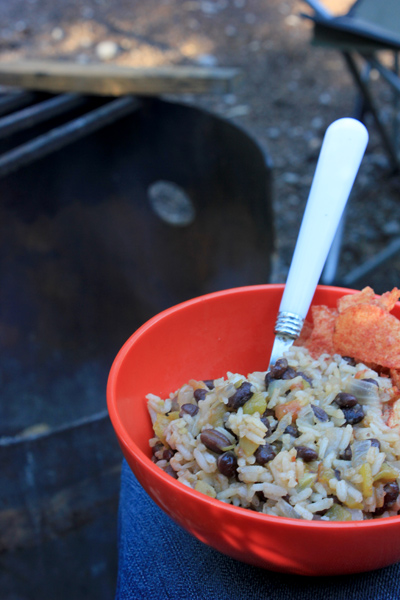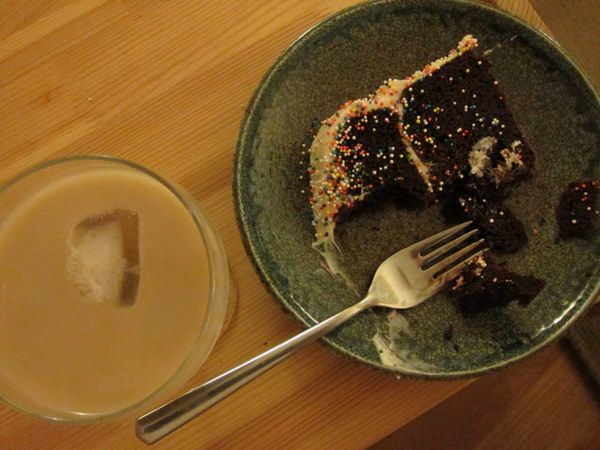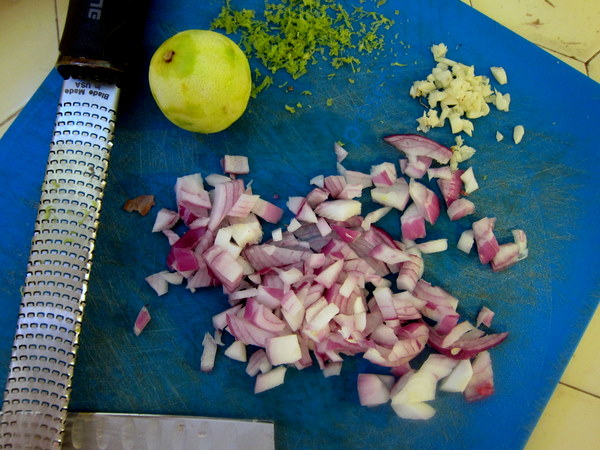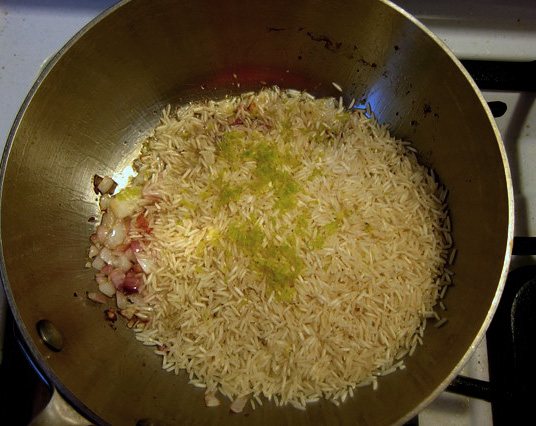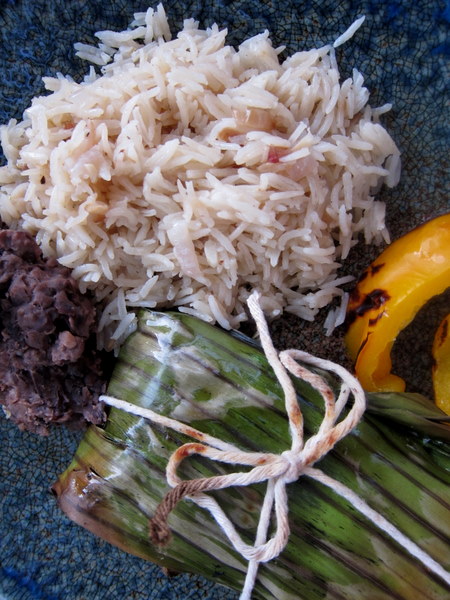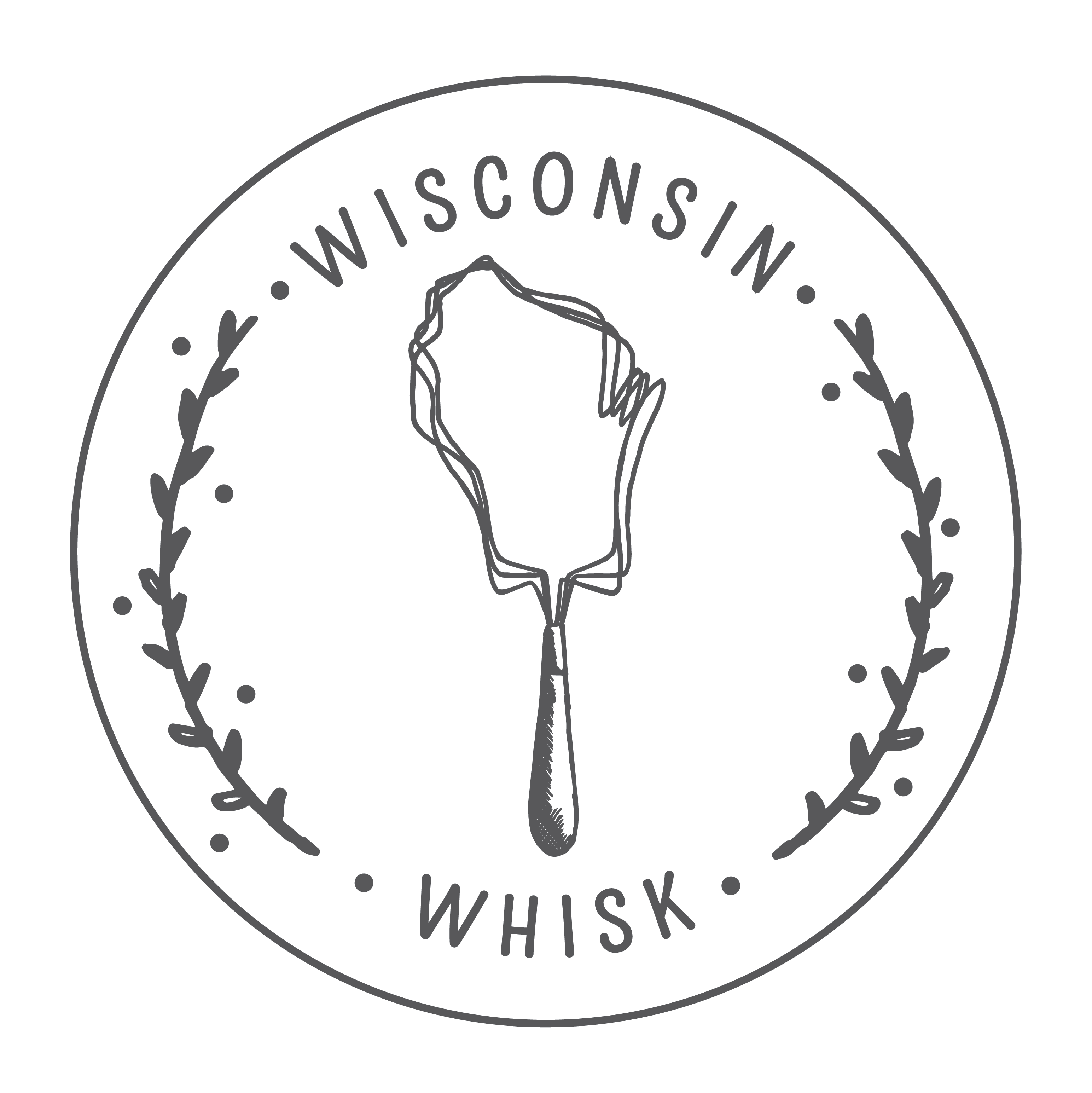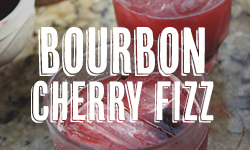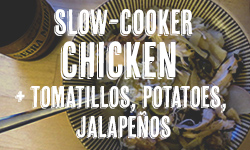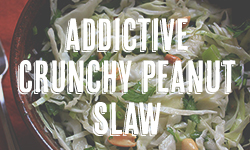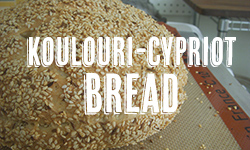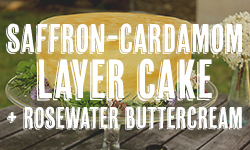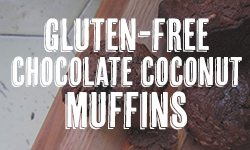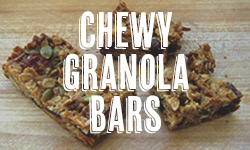What you need to know about wild rice (and an easy pilaf to get you started)
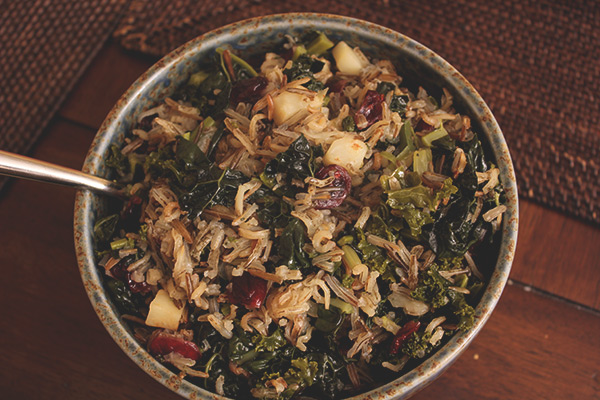
I’ve been feeling a little remiss in my duties as a Minnesotan lately, considering how little I’ve talked about wild rice over the years I’ve had this site. We don’t eat it as often as we should, and that’s probably where the guilt actually lies, but I’m determined to remedy the situation and so here I am.
I know I’ve mentioned wild rice here and again, but let’s back up and get a good handle on the whole business. Wild rice (which is not actually a rice, but we’ll get to that) looks like very long long-grain rice covered by a thin brownish-blackish skin. When properly cooked, that skin breaks open and most of the grains begin to curl in on themselves, which many recipes refer to as “blossoming.” The grains still have their bran intact, which gives it a toothsome, chewy texture similar to brown rice and other whole grains. It has a toasty, nutty, earthy flavor, and can often smell and taste slightly like black tea. The flavor and texture it adds over other rices and grains is worth the extra effort required in cooking it, and it’s interesting to add to soups, breads, salads, and other dishes in a way that other grains seem to act more as mere filler or heft.
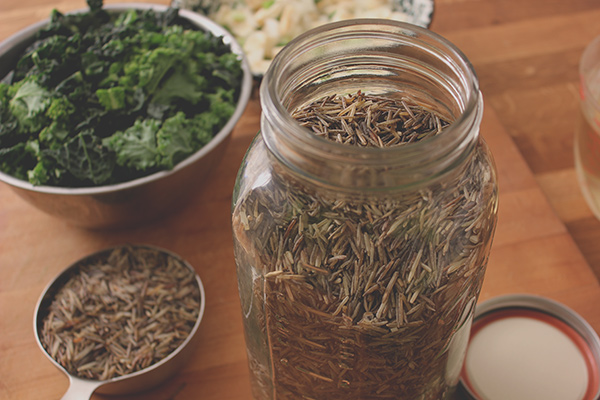
That said, I’m from Minnesota. I get it. I’ve eaten wild rice my whole life, and in a million different ways. I’ve always known the difference between real wild rice and the other stuff, just like someone from the Northwest knows about wild salmon and someone from New Mexico knows about real green chile. Wild rice isn’t nearly as pervasive of a thing as those other two, so don’t feel bad if you have no idea where I’m going with this – just know that there’s a difference. Read more

